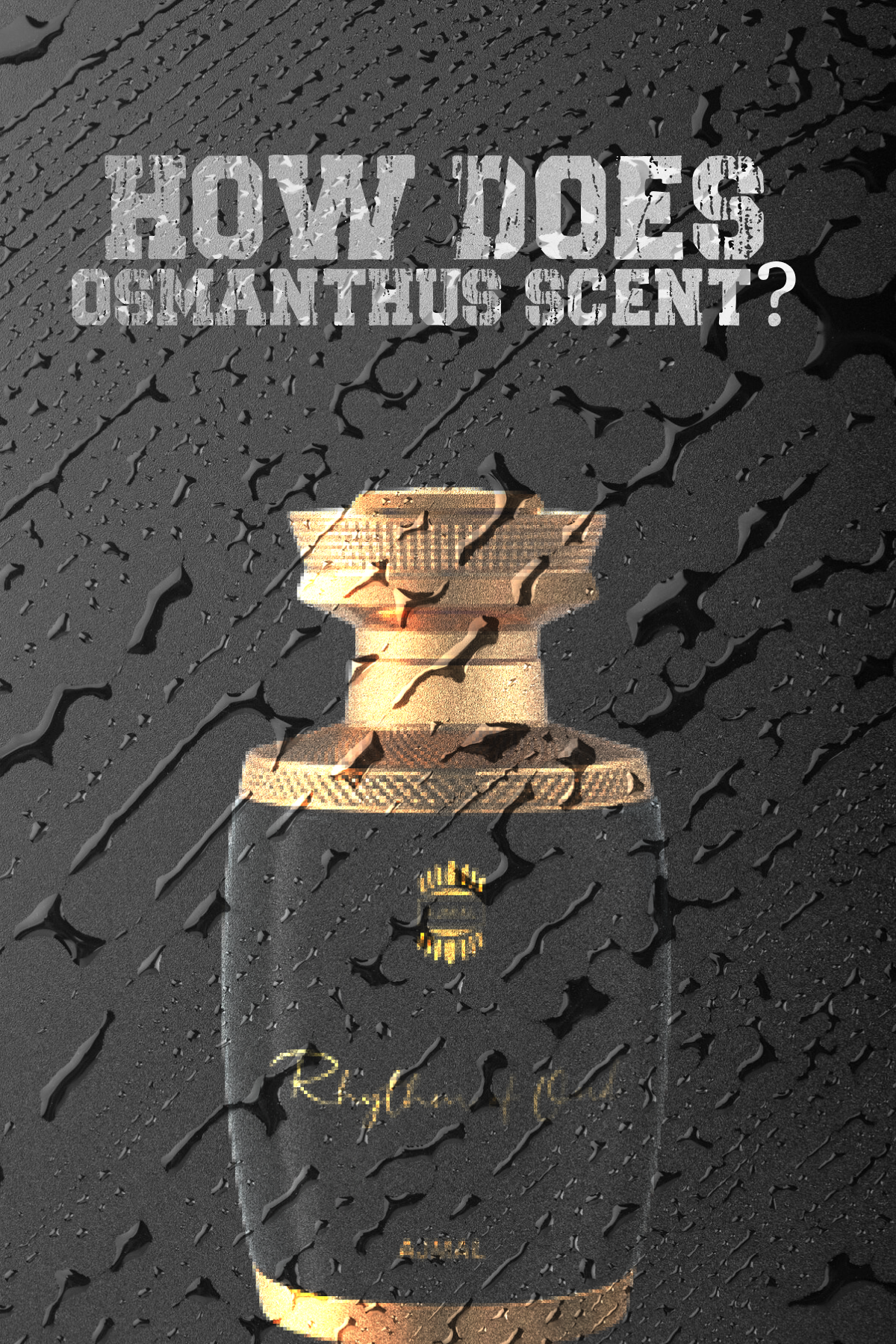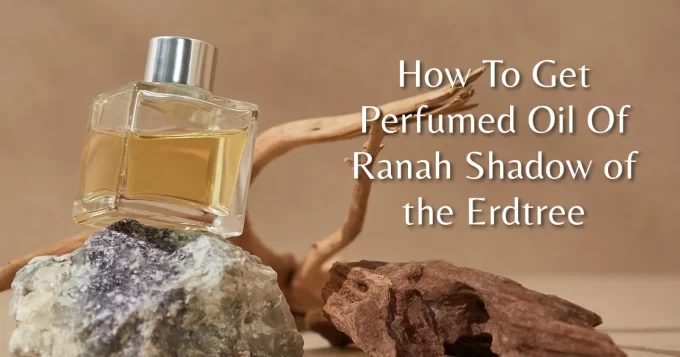How Does Osmanthus Scent?
The delicate and alluring osmanthus flower is prized for its singular and alluring scent. Osmanthus provides a complex aroma that is treasured by perfumers and fragrance connoisseurs worldwide, despite being frequently eclipsed by more well-known floral smells like rose and jasmine.
However, what is the precise scent of osmanthus? This blog post explores the aromatic character, cultural significance, and use in perfumery as it goes into the sensory experience of osmanthus.
Osmanthus’s Aromatic Profile
Native to Asia, specifically China, Japan, and the Himalayas, osmanthus flowers are prized for their complex and rich fragrance. The aroma produced by the tiny white, yellow, or orange blossoms is seductive and rich. The following notes are harmoniously blended to create the aroma of osmanthus:
Fruity
The delicious scent of osmanthus is one of its most distinguishing features. The aroma has an undercurrent of sweetness and subtle tanginess and frequently reminds one of the scent of ripe peaches or apricots. The fragrance characteristic of certain osmanthus types is given an exotic twist by hinting at tropical fruits like mango and lychee.
Floral
Osmanthus has a soft flowery center beneath its fruity top notes. This part of its perfume is similar to the subtle sweetness of lily of the valley or jasmine, although it’s usually more understated and less potent. The whole aroma is made both inviting and refined by the floral undertones, which add a softness and grace.
Creamy
The creamy, almost buttery texture of osmanthus is one of its distinctive qualities. This feature of the scent gives it more depth and richness, resulting in a velvety and smooth scent. The fruitiness and floral components are counterbalanced by the creamy notes, which keep the fragrance harmonious and well-rounded.
Woody
Apart from its fruity and floral notes, osmanthus also has a faint woodsy undertone. These notes, which are sometimes compared to sandalwood or cedar, give the smell depth and a touch of earthiness while also serving as a grounding force. The woodsy note can also evoke feelings of coziness and warmth, which makes osmanthus a reassuring fragrance.
Leather
The subtle leathery note in the osmanthus scent is arguably its most captivating feature. This component adds a hint of intrigue and elegance to the scent without being too overpowering. The perfume is made to feel even more opulent by the leathery note, which can conjure up visions of high-end leather products.
Osmanthus’s Cultural Significance
In many Asian nations’ cultural legacies, osmanthus has a particular position. The flower is frequently honored at the Mid-Autumn Festival in China, where it is connected to the fall season. In addition to being a homophone for the word “noble” or “honorable,” the Chinese term “桂花” (guì huā) for osmanthus contributes to its cultural significance.
Osmanthus is also utilized in traditional Chinese medicine, where it is thought to provide a number of health advantages, such as promoting healthy skin and facilitating digestion. In addition, the blossoms are utilized to impart their sweet and aromatic essence to tea, wine, and other culinary treats.
Osmanthus is referred to as “kinmokusei” in Japan and is prized for its exquisite scent. In Japanese culture, the autumn blossoming of osmanthus trees is a joyous occasion, frequently symbolizing the passing of the seasons and the splendor of the natural world.
Osmanthus in Fragrances
Osmanthus is a highly valued ingredient in the perfumery industry due to its distinct and complex scent. Osmanthus absolute, a concentrated floral extract, is a common tool used by perfumers to infuse their creations with exoticism, depth, and complexity. Because of its adaptability, it works well with a wide range of other notes, making it appropriate for both masculine and feminine scents.
Notable Fragrances Made of Osmanthus
Osmanthus is a key note in several well-known fragrances, demonstrating its olfactory appeal. Among the noteworthy instances are:
- Hermès Osmanthe Yunnan: Developed by perfumer Jean-Claude Ellena, this scent, which is tempered by green tea and musk, embodies the essence of osmanthus with its fruity, flowery, and somewhat smoky elements.
- Diptyque Do Son: Do Son is mostly a tuberose perfume, but it also has a fruity and creamy dimension thanks to the addition of osmanthus, which heightens the scent’s overall richness.
- Guerlain’s Aqua Allegoria Teazzurra: This scent highlights the fruity and flowery qualities of osmanthus in a revitalizing and energizing blend of osmanthus, green tea, citrus, and musk.
- Osmanthus of The Different Company: The essence of this perfume is the unadulterated, pure scent of osmanthus, which is enriched with notes of rose, mandarin, and bergamot to create a subtle, sophisticated scent.
Osmanthus Blending Techniques
To produce perfumes that are harmonic and well-balanced, perfumers frequently combine osmanthus with other notes. Several well-liked pairings consist of:
- Fruity: Osmanthus enhances its inherent sweetness and gives the smell brightness when combined with other fruity notes like citrus, apricot, and peach.
- Floral: To accentuate osmanthus’ delicate and feminine characteristics, combine it with other floral notes like jasmine, rose, and lily of the valley. This will result in a bouquet that is harmonious and complex.
- Woody: Sandalwood, cedar, or vetiver can be blended with osmanthus to bring out its woodsy overtones, giving the perfume more depth and an earthy touch.
- Spicy: To create a warm and exotic aroma character, spicy notes like cinnamon, clove, and nutmeg can be combined with the creamy and leathery qualities of osmanthus.
Osmanthus Growth and Harvesting
Growing osmanthus can be a gratifying task for people who want to inhale its aroma directly. Although it loves temperate climes, osmanthus is a hardy shrub that grows in well-drained soil and can withstand a variety of climates.
Growing Osmanthus Tips
- Location: Opsmanthus should be planted in a sunny or partly shady area. Its favorite location is one that gets early sun and afternoon shade.
- Soil: Make sure the ground is both slightly acidic and well-drained. Organic matter additions can enhance the quality of the soil and encourage strong development.
- Watering: Give the plant frequent waterings, especially in the drier months. But be careful not to overwater; osmanthus does not like soggy soil.
- Pruning: To keep the plant in shape and promote new development, prune it after it flowers. Removing spent blooms might help encourage more prolific blooming the next growing season.
Gathering Flowers from Osmanthus
Because of their strongest scent in the early morning, osmanthus flowers are usually gathered. Depending on how they are going to be utilized, the delicate blossoms can be used either fresh or dried. While dried flowers are frequently used in potpourri or herbal sachets, fresh flowers are frequently utilized to flavor tea or pastries.
Final Thoughts
Osmanthus offers a lovely blend of fruity, flowery, creamy, woody, and leathery elements, making its smell a sensory experience. Its distinct scent has enthralled nations for ages and still serves as an inspiration to perfumers and fragrance enthusiasts around. The beauty and intricacy of nature’s aromatic offerings are exemplified by osmanthus, which is appreciated in flowering gardens, excellent perfumes, and fragrant teas.














